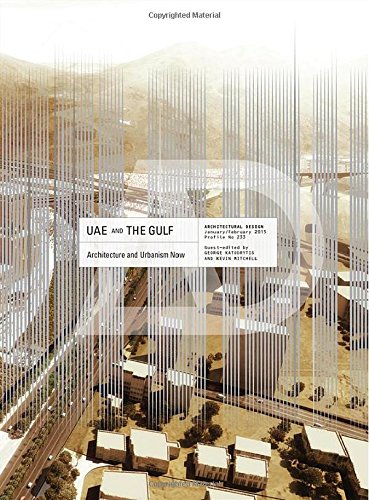

Most ebook files are in PDF format, so you can easily read them using various software such as Foxit Reader or directly on the Google Chrome browser.
Some ebook files are released by publishers in other formats such as .awz, .mobi, .epub, .fb2, etc. You may need to install specific software to read these formats on mobile/PC, such as Calibre.
Please read the tutorial at this link. https://ebooknice.com/page/post?id=faq
We offer FREE conversion to the popular formats you request; however, this may take some time. Therefore, right after payment, please email us, and we will try to provide the service as quickly as possible.
For some exceptional file formats or broken links (if any), please refrain from opening any disputes. Instead, email us first, and we will try to assist within a maximum of 6 hours.
EbookNice Team

Status:
Available4.4
21 reviewsAt the end of the 20th century, Dubai attracted international media attention as the world sought to make sense of the city’s extraordinary growth. Exuberant projects such as the Burj Arab, the Burj Khalifa and the Palm Islands attracted investment in dreams to transform the region. While the global financial crisis kept dreams from becoming reality, this issue of AD seeks to present a view of architecture and urbanism in the United Arab Emirates (UAE) and other states in the wider Gulf Cooperation Council (GCC) at a time when greater economic stability promises new beginnings. The issue presents examples of architecture that transcends preoccupation with fabricating images, and traces the process of making contemporary Gulf cities, from material tectonics to large-scale masterplans. By presenting the architecture of UAE and the Gulf within the context of broader regional developments and global trends, it highlights how projects in the UAE, Qatar, Kuwait and Saudi Arabia have contributed to unprecedented urban growth, while emphasising the continuing environmental challenges of building in the region. In addition to highlighting various sustainable initiatives intended to counteract these challenges, the issue also explores how computational design and new technologies are being innovatively employed to mitigate the impact of arid climates.
Contributors include: Ameena Ahmadi, Kelly Hutzell, Varkki Pallathucheril, Todd Reisz, Rami el Samahy, Terri Meyer Boake, Jeffrey Willis.
International architects: Foster + Partners, Frank Gehry, HOK, IM Pei, Legoretta + Legoretta, Jean Nouvelle, Reiser + Umemoto, Allies and Morrison.
Regional architects: AGi (Kuwait), DXB.lab (UAE), X Architects (UAE).